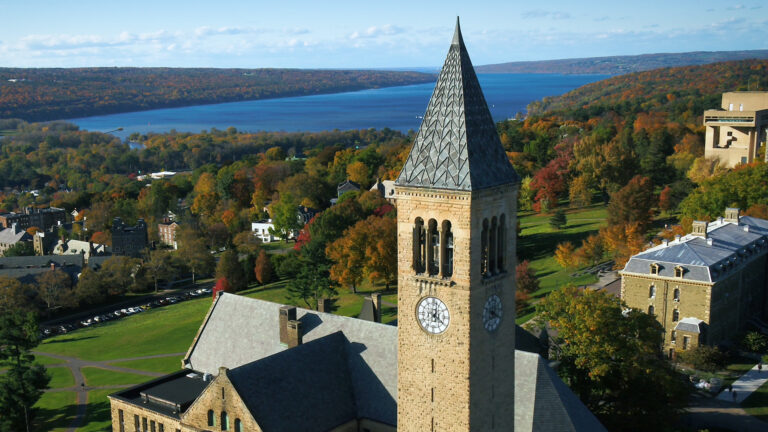3 Economic Growth Highlights
Cultural Industry
Harbin was strongly influenced by the culture of Russia. The economy and culture of Harbin grew rapidly at the end of the 19th century, when Russia built the terminus of the Middle East Railway here and later more than 160,000 foreigners from 33 countries migrated to Harbin, promoting the development of a capitalist economy in the city. As a result, Harbin gradually grew into a famous international commercial port and its cityscape was shaped by the mixed people and culture. It is famous for its architecture of Russian or European style.
Due to its long and cold winter, Harbin is also well-known for its winter culture. The “Harbin International Ice and Snow Festival” is one of the world’s four largest ice and snow festivals, along with Japan’s Sapporo Snow Festival, Canada’s Quebec City Winter Carnival, and Norway’s Ski Festival. It has been held since 1985, including winter activities such as Yabuli Alpine Skiing, winter-swimming in Songhua River, and the ice-lantern exhibition in Zhaolin Garden.
Tourism
In Harbin the tourists can enjoy themselves in scenes of variety architecture style. The Central Street, also known as Kitaiskaia St., is a representation of different architectural styles. In the 1.4-km long street there are Baroque and Byzantine façades, little Russian bakeries, French fashion houses, American eateries, and Japanese restaurants. St. Sophia Cathedral, a Russian Orthodox church, locates in this central district of Daoli. It took nine years to build this church and it was completed in 1932. It is now a museum to show the multi-cultural architecture of Harbin.
The local people in Harbin have created a very distinctive food culture which reflects Harbin’s history and special geographical position, such as the typical foods in Northeast China: dumpling, bread and sausage. However, there is also a complex of eastern and western cuisines under the influence of neighboring Russia, and a number of authentic western food restaurants can be seen there.
Harbin Development Zone
Located in Harbin, the capital of Heilongjiang Province, Harbin Development Zone (HDZ) was established in November 2001 by combining Harbin Economic & Technological Development Zone (HEDTZ) and Harbin High-Tech Park (HHP). Its major industries are automobiles and auto parts, agricultural product processing, medicine, textiles, optical-electrical-mechanical integration, biology, electronics and information. The major investors includes Hafei, Mando, Uni-president, Wantwant, Fengyi, CJ, Associated British Foods, Harbin Pharm, Wandashan.
HDZ has well-developed transportation networks. There are five major railways and seven highways connecting Harbin with the rest of China, as well as Russia. By highway, Harbin is 1,100 km from Beijing, 800 km from Suifenhe and 900 km from Heihe. The latter two cities are the province’s major trading ports with Russia. From the port of Harbin, ships are able to reach four Russian cities and numerous other cities in Japan and Korea. Harbin Airport offers about 60 regular flights to major cities throughout China.
In November 2009, HEDTZ and HHP were separated again. HEDTZ covers an area of 30.7 sq km, while HHP covers an area of 23.9 sq km.
In 2009, GDP from the zone exceeded RMB 22.7 billion, growing 16.21% year on year. The value-added industrial output rose 16.62% to RMB 19.1 billion. In 2009, the export value decreased 17.96% to US$512 million, while the utilized FDI rose 20.95% to US$148 million. Automobiles and auto parts, agricultural product processing, medicine, biology, textiles, optical-electrical-mechanical integration, electronics and information are the major industries in the zone.




